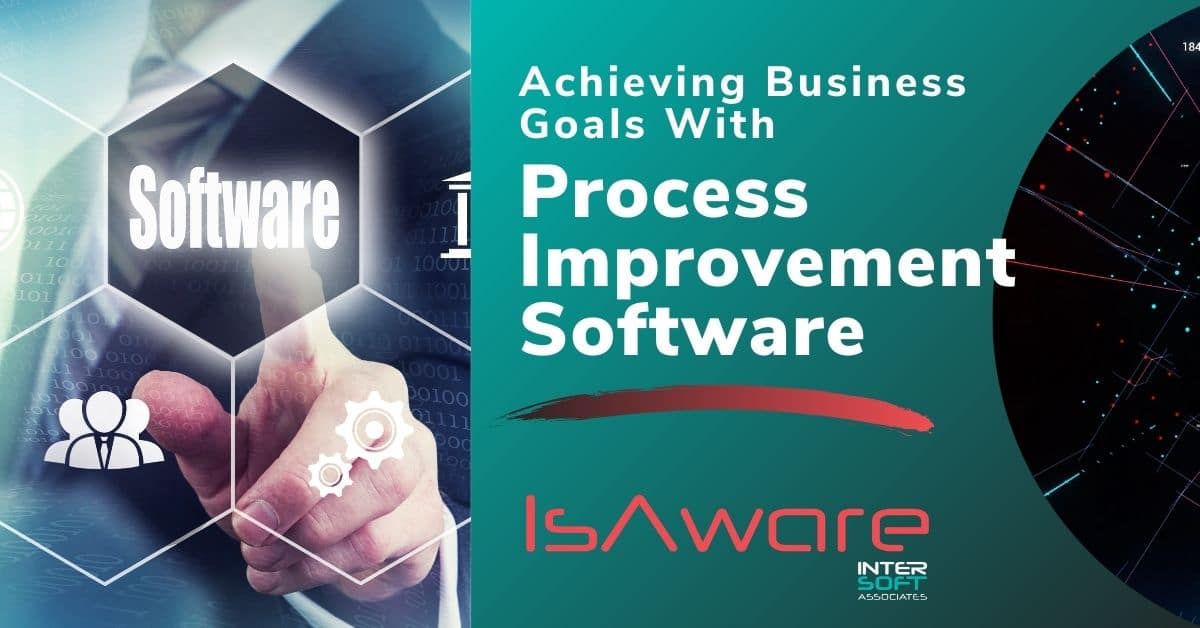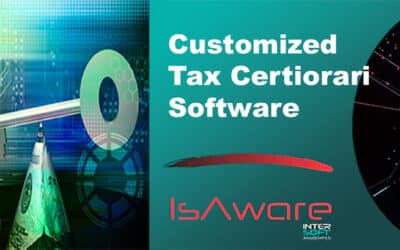Often when we think about Custom Software Development, our minds go to code, data, and delivery. In this article we will explore the components and the importance of an effective Design Process in Custom Software Development.
The Design Process starts with the Discovery phase. This is a process of collaborative brainstorming, ideating, imagining and detailing. Organizing all the thoughts and ideas that stakeholders have been exploring, struggling with, or wondering about. With the right discovery, the path to developing the right software and processes to solve problems and achieve your business goals becomes almost inevitable.
What is a Proper Design Process in Custom Software Development?
A Design Process is a structured framework that incorporates discovery, ideation, collaboration and brainstorming into the more technical aspects of prototyping, developing and ultimately deploying new software or systems. At InterSoft Associates we have a 6-Step process where the first steps actively involve new development and the final step creates opportunities for innovation and iteration.
Phase 1: Discover
The most critical step in any Custom Software Development Design Process is the first. In the Discovery phase of the Design Process we take an in-depth look at your business, business goals and current processes. We explore the ideas you have been having and the problems you have been facing and the opportunities that you have been considering. We talk to many people within the organization- not just department heads or managers, but the people who are using existing platforms as well as those that may be experiencing some aspect of their workflows that could be improved.
Inevitably, when we are exploring known issues in the Discovery phase, ideas often get expanded on. New thoughts emerge or additional opportunities are investigated and built on previous ideas. It is crucial for business leaders to have a thoughtful, involved discussion with whomever they are considering for Custom Software Development so that all issues become known and understood before actual development even begins.
Oftentimes a thorough Discovery uncovers collateral areas of the business that can leverage and benefit greatly from the areas being explored – yielding significant opportunities at a very small cost.
Phase 2: Define
When there is alignment on what a Custom Software solution needs to accomplish, a comprehensive overview detailing the functional requirements of the software is crafted. Consider this like an information flow, detailing how things will work, what data or integrations will be involved, and what technical aspects will be necessary. We present this to stakeholders and gather comments, address questions and, if necessary, make revisions. When companies are presented with a document like this – that is based on the Discovery process described above – it is not uncommon for a wide range of comments and clarifications to be uncovered yielding even more targeted discussions.
Note that we are still not developing something yet – we are still preparing for it. It is much, much easier to make changes and revisions to ideas and diagrams than to make major changes to written code or nearly-there software. All this pre-work helps us fine tune precisely what is necessary to achieve success. Make sure when you are considering a Custom Software Consultant that they, too, are sharing the output of their initial discussions and discovery with you in a way that makes things practical and tangible.
Phase 3: Design
With the functional requirements defined, a detailed Design Document containing essential development characteristics of the project is prepared. Pro-forma screens, data requirements, business rules and reports are all shared so that a common understanding of the scope and details is developed. And again, this is a touchpoint for revision or alignment, with agreement that we’re prepared to move forward being the trigger for the next phase.
Final Project Plan
When all previous steps providing all opportunities for discovery and refinement are completed and agreed to, we prepare all this action into a detailed software development project plan that includes cost estimates, milestones and timing and expected benefits to the company. The Final Project Plan eliminates any unknowns or surprises and creates accountability.
Notice how thorough the Design Process has been so far just in getting the approach right. As we’ve said, Custom Software Development is really Custom Problem Solving, so we spend a great deal of time making sure we understand the problems, goals and opportunities. And we usually develop an understanding of them at the same level as our clients. Oftentimes we are considered subject matter experts and consultants to our clients on areas that touch the software that is developed.
When you are considering Custom Software Development, be wary of any developer you talk to that gives you an estimate and a timeline after just ten minutes of conversation with you. They simply will not know you, your company, your issues, your opportunities or your aspirations well enough to be the partner that you need through a development process.
Phase 4: Develop
Finally, we develop your Custom Software. We incorporate frequent reviews with you and your team, demonstrating capabilities and refining with feedback. This iterative process helps to ensure that all objectives are being met as the software development project moves forward and is a critical part of our path to complete success. A further benefit of this is that in the rare case of issues arising, these can be dealt with and resolved quickly and early, with minimum impact on project timing and cost.
Phase 5: Deploy
After rigorous testing, we are ready to implement a new custom system. Once deployed, we monitor its use and functionality to ensure that it delivers seamlessly on all of the key objectives. This is a collaborative process with clients, where their testing and real-time review helps shape any further necessary development. The project is not complete until we all agree on what has been achieved.
Phase 6: Dedicate
The first five Phases all help create a new Custom Software product that will have a long-lasting positive impact on your organization, but we don’t walk away when a project concludes. As businesses evolve, new systems are incorporated into operations, technologies change and market or customer expectations transform, we help customers adapt and revise. This requires a consultative approach dedicated to ongoing success. Often the new system that has been developed reveals new opportunities elsewhere. Our experience and expertise means we will identify those opportunities together with our clients, helping you to embark on a new version of Phase 1: Discover.
Insist on a Proper Design Process!
A thoroughDesign Process in the development of your Custom Software is not a value-add or a nice-to-have. It is crucial for making informed decisions, developing accurate scope and budget, adhering to realistic timelines and ultimately creating the right system for you.
Do your research when considering a Custom Software Developer or Software Consultant, and ask questions about their process. And remember, a conversation with us is always hassle free (and actually free) as we explore how we and our Design Process could help you.






